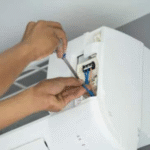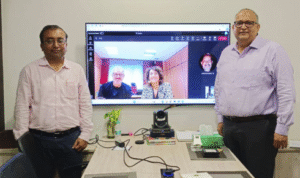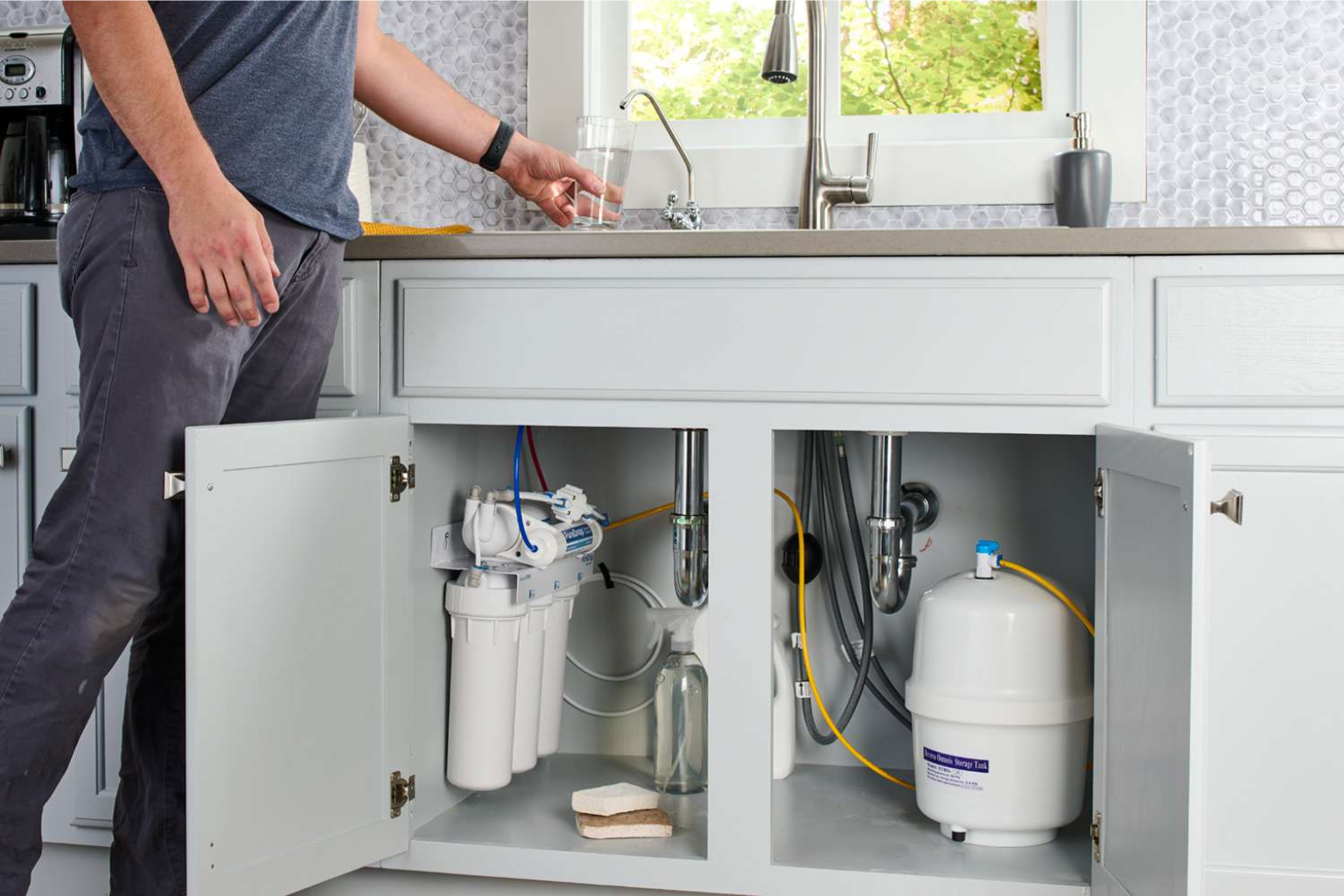Let’s be honest—most of us assume our tap water is “good enough.” It’s clear, it doesn’t smell weird, and hey, the city treats it, right? So we fill our bottles, boil our pasta, and wash our produce without thinking twice.
But then you start reading labels on bottled water. You start noticing that odd aftertaste in your tea. Maybe someone in your home has sensitive skin, stomach issues, or recurring sinus trouble. You start wondering: What exactly am I drinking every day?
That’s when a reverse osmosis system steps into the conversation. Not as a gimmick or a trend, but as a serious upgrade to how you think about your water—and your health.
Reverse Osmosis: Fancy Name, Surprisingly Simple Concept
Let’s strip it down. Reverse osmosis (RO) is a filtration method that uses pressure to force water through a semipermeable membrane. Sounds high-tech, but the result is simple: it catches the stuff you don’t want—like lead, fluoride, chlorine, arsenic, nitrates, and even some bacteria—and lets only pure water pass through.
You’re left with clean, crisp, reliable drinking water, right from a little tap by your sink. No boiling, no lugging heavy cases of bottles from the grocery store, no filter pitchers that take up fridge space and need constant refilling.
And no guessing what’s lurking in your glass.
Why Bother Filtering What’s Already “Filtered”?
Good question. Municipal water goes through treatment, sure. But that doesn’t mean it arrives at your house in perfect condition. Old pipes, industrial runoff, chemical additives—there are plenty of chances for contamination before the water ever hits your faucet.
And even if the water meets legal standards, that doesn’t mean it meets your standards. Legal doesn’t always mean ideal. Plenty of people report sensitivity to the chlorine used to treat public water, or concerns about trace levels of heavy metals or pharmaceuticals.
That’s where the reverse osmosis water filter shines—it takes your already-treated water and polishes it to a whole new level of purity.
Taste Test: The Difference You Can Actually Feel
Here’s the thing: once you start drinking RO-filtered water, you notice. You notice how crisp your coffee tastes. How clear your soup broth looks. How much faster you hit your daily hydration goals because the water just feels smoother.
It’s not just about safety—it’s about experience. Clean water doesn’t have to be boring. It can be refreshing in a way that makes you go, “Wait, this is what water’s supposed to taste like?”
And yes, your pets will drink more. Your plants might perk up. Your guests will comment. It happens.
Installing an RO System: Easier Than You Might Think
RO systems aren’t just for fancy homes or labs. Most under-sink systems can be installed in a couple of hours by a plumber—or a confident DIYer if you’re handy. They connect to your cold water line, have their own little faucet, and usually include a few stages of filtration (pre-filter, membrane, carbon post-filter, etc.).
Maintenance? Not a big deal. Filters typically last 6–12 months, and the membrane might last 2–5 years depending on your water quality. Some systems even come with indicators to let you know when it’s time to swap components—so you don’t have to play the guessing game.
Cost-wise? It’s way more reasonable than you think. Especially when you compare it to buying bottled water every week. Over time, RO pays for itself quietly and efficiently, just like it filters.
What You Won’t See in Your RO Water
This part’s kinda wild. A good reverse osmosis system can remove up to 95–99% of:
- Chlorine and chloramine
- Fluoride
- Lead and mercury
- Nitrates and nitrites
- Arsenic
- Bacteria, viruses, and cysts (with the right setup)
- Pesticides and herbicides
- PFAS and other “forever chemicals”
It’s like having a personal water treatment plant under your kitchen sink—but without the monthly utility bill.
But Wait—Doesn’t RO Remove Minerals Too?
Yep, it does. That’s one of the criticisms out there. Reverse osmosis strips everything, including some of the “good” stuff like calcium and magnesium. But let’s put this in perspective: most of us get our minerals from food, not water. And many systems now include a remineralization stage if that’s something you care about.
So no, you’re not suddenly nutrient-deficient from drinking RO water. You’re just drinking it without the mystery extras.
Choosing the Right System
Here’s the golden rule: don’t just grab the first shiny unit you see online. Look for a system that fits your household size, water quality, and preferences. NSF certifications are a plus. Transparent companies will list exactly what their filters remove—and how often they need replacing.
If you’re serious about finding the best solution for your home’s drinking water needs, a reverse osmosis system isn’t overkill—it’s a smart step in the right direction. Even a mid-range system can make a big difference in how you drink, cook, and live.
Final Sip: Small Filter, Big Change
Let’s face it—life’s chaotic enough. You shouldn’t have to wonder what’s in your water every time you pour a glass or make dinner. A reverse osmosis system, reverse osmosis water filter, drinking water upgrade isn’t just about tech or trends—it’s about reclaiming a little control, a little calm, in the middle of everyday life.
Because when your water is clean, consistent, and trustworthy, everything else flows just a little smoother.




























+ There are no comments
Add yours